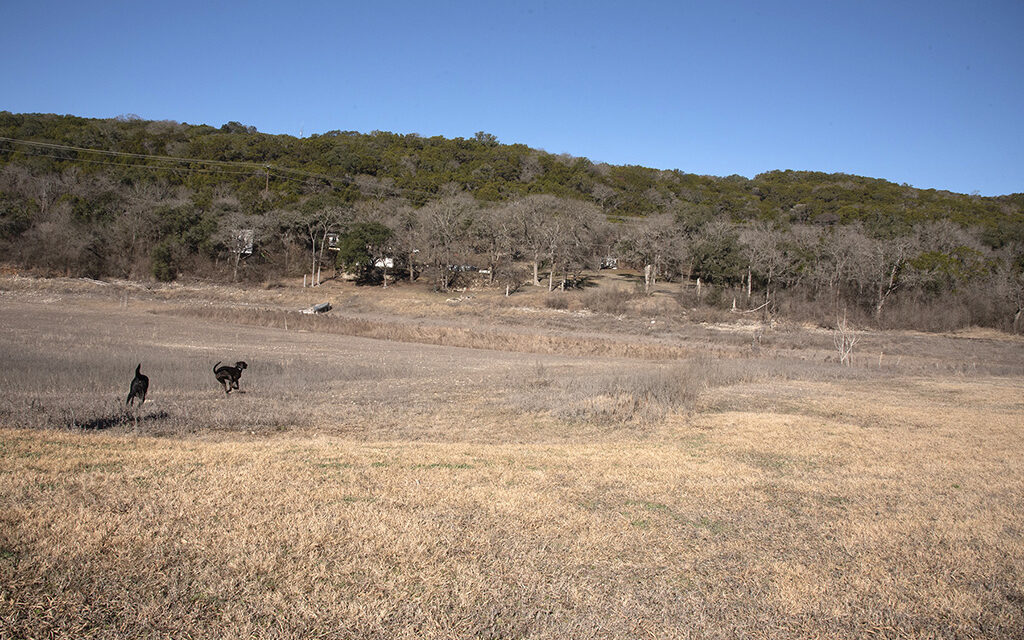by John Jefferson
Droughts are something Texans learn to live with – sort of.
In his letter to the Philippians, Saint Paul wrote “I have learned to be content whatever the circumstances” But it’s hard to be content when your cows and calves are bawling as they suffer near death. There was no grass, the stock tanks were dry, and ranchers were hard stretched to buy feed. And it was hot; no relief in sight.
The seven-year drought (yes, you read that right!) was so bad, that Elmer Kelton, the late San Angelo, author, wrote an award-winning book entitled “The Time It Never Rained.” The scorching drought lasted from 1950-1957. It started earlier in places. Nearly every Texas county was declared a disaster area. Calf weights dropped from 400-pounds to 225 … if the survived at all. And ranchers learned to burn thorns off prickly pear cactus to feed their cattle.
But Texas doesn’t look like the Sahara Desert today. Far from it, thankfully. In fact, some of it looks like springtime instead of the second week of summer.
Much of Texas has had unusual rain since April. I’m not a wildlife biologist but working with them for several years and hanging out with them at hunting ranches and campfires taught me a lot. For one thing, quail suffer in long, hot, dry Texas summers. But “just add water” and they often rebound. I wondered if that would be the case this year.
The first authority contacted for verification was John McLaughlin, TPWD’s upland game bird biologist, stationed in Abilene. “Rainfall was widespread,” he said. “Amarillo received ten inches a day at times. It was consistent in parts of West Texas for a month! The first chicks were reported on the range in late April.” That’s good news for Rolling Plains hunters. And the nesting continues.
Then, Dr. Fidel Hernandez returned my call. He is a Regents Professor and holds an Endowed Chair in Quail Research at the Caesar Kleberg Wildlife Research Institute in Kingsville. He replied that South Texas had received good rains at the right time for quail nesting. Their staff has reported lots of calling and has found numerous nests.
An aspect of quail survival that sometimes gets overlooked is that in addition to seed production and insect abundance brought on by rain, the protective cover of new growth weeds and grasses provides necessary nesting cover and hide-outs from predators. Much of the animal kingdom feeds on quail if they can find them, including hawks, cara caras, coyotes, and reptiles.
Jim Arnold, immediate past president of the Boone and Crockett Club, told me his ranch in LaSalle County had good rain but didn’t have much run-off. But that stimulated vegetation tall enough to hide plenty of bobwhites and blues.
It’s still early in the summer and this week’s forecast calls for 100-degree heat, so summer could be brutal. But we are far better off now than most years for quail nesting, hatch, and survival.
So, keep your fingers crossed!
JJ





